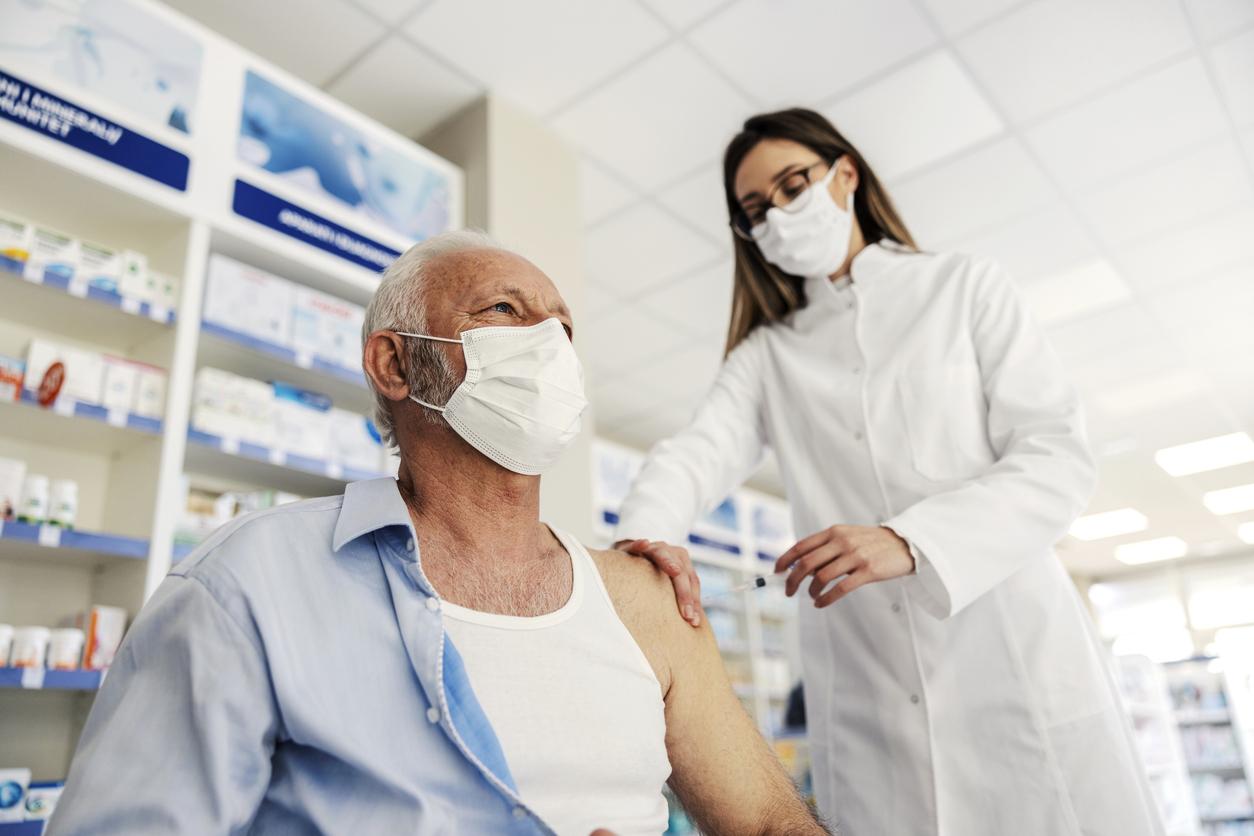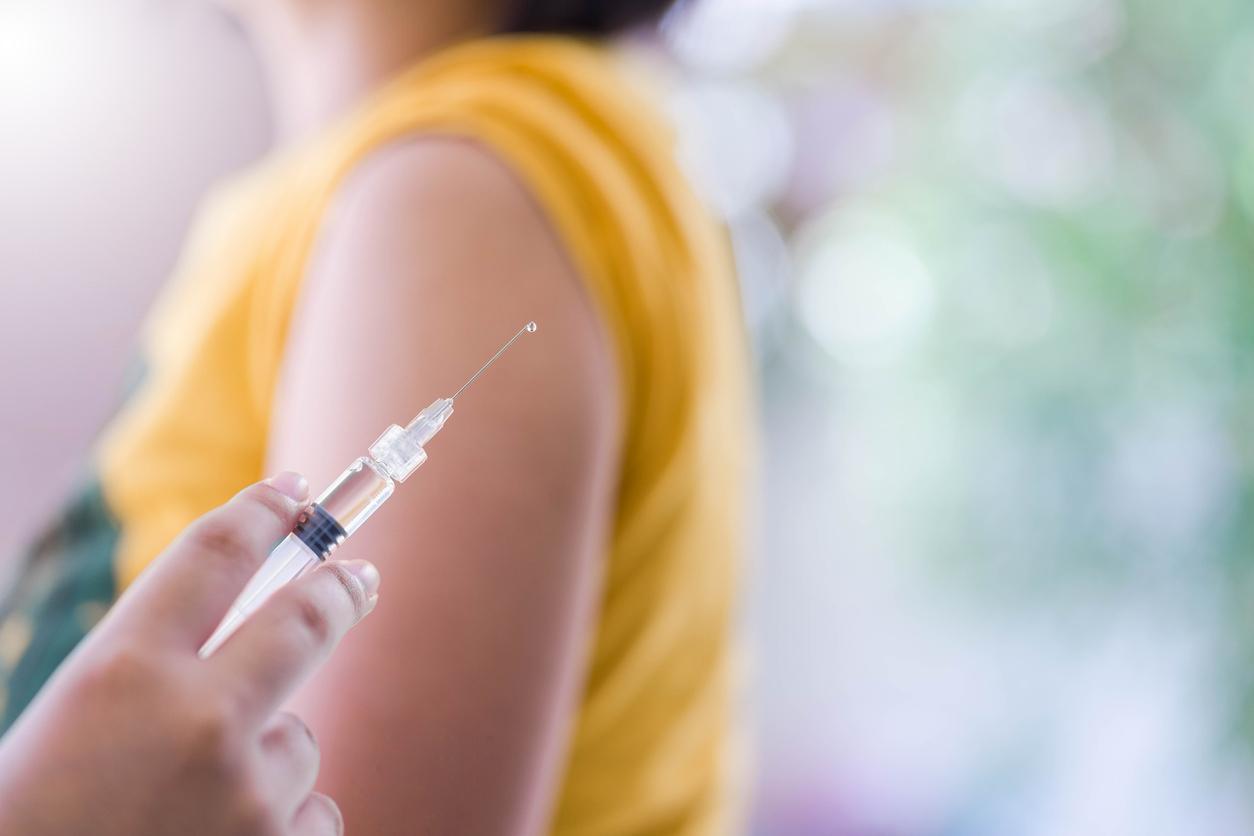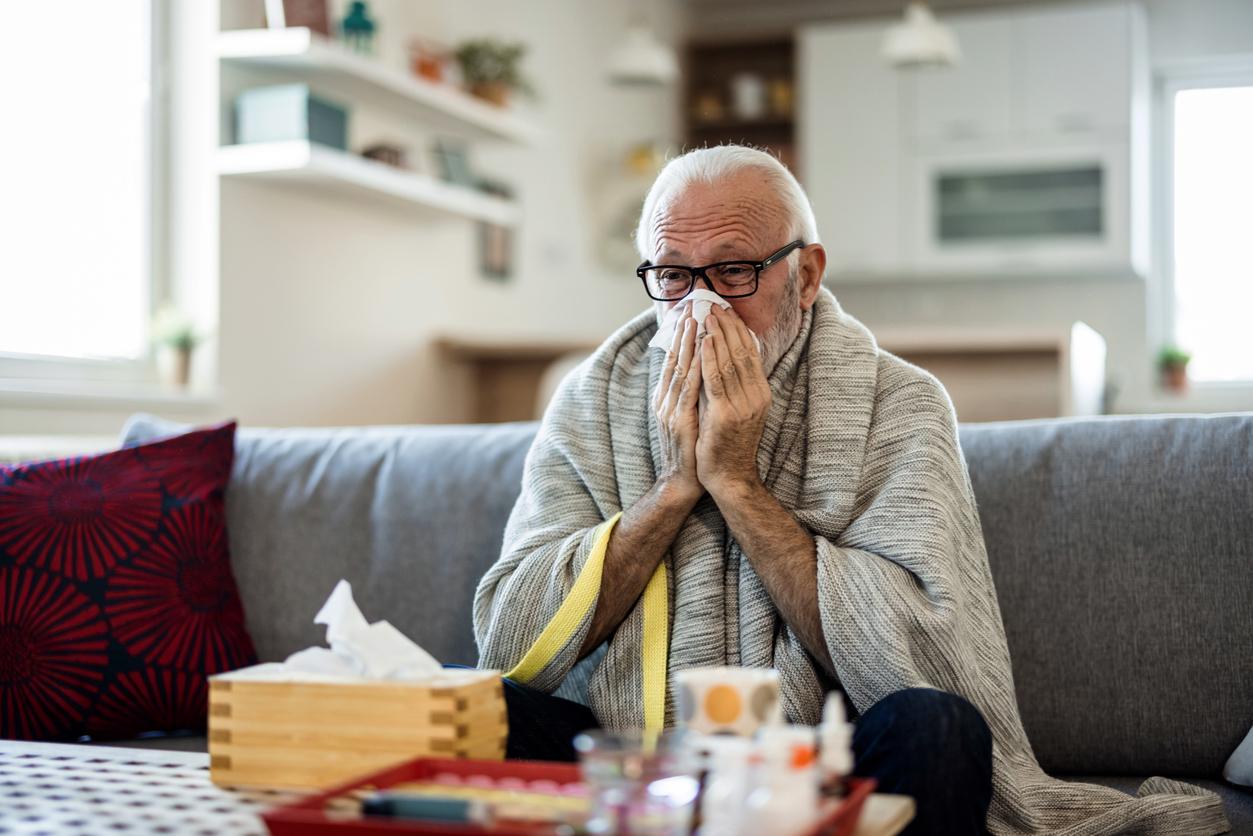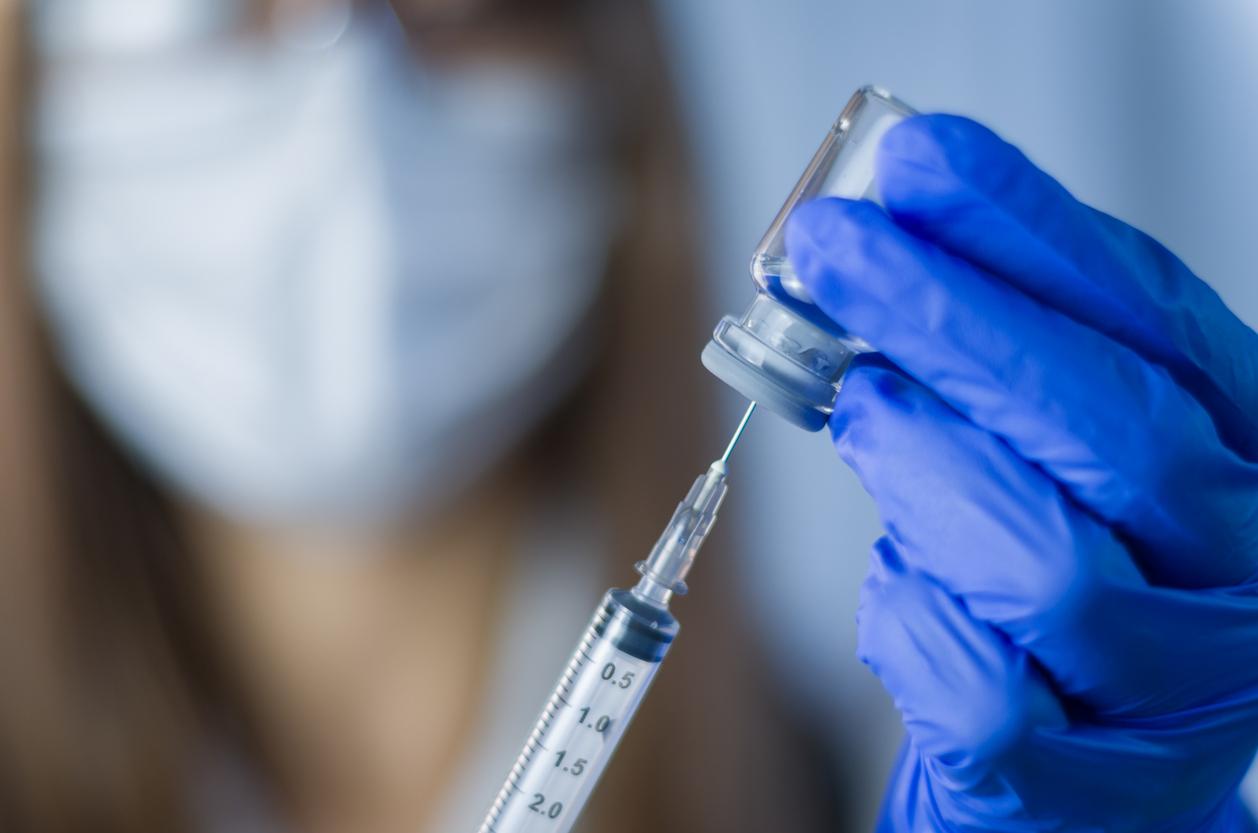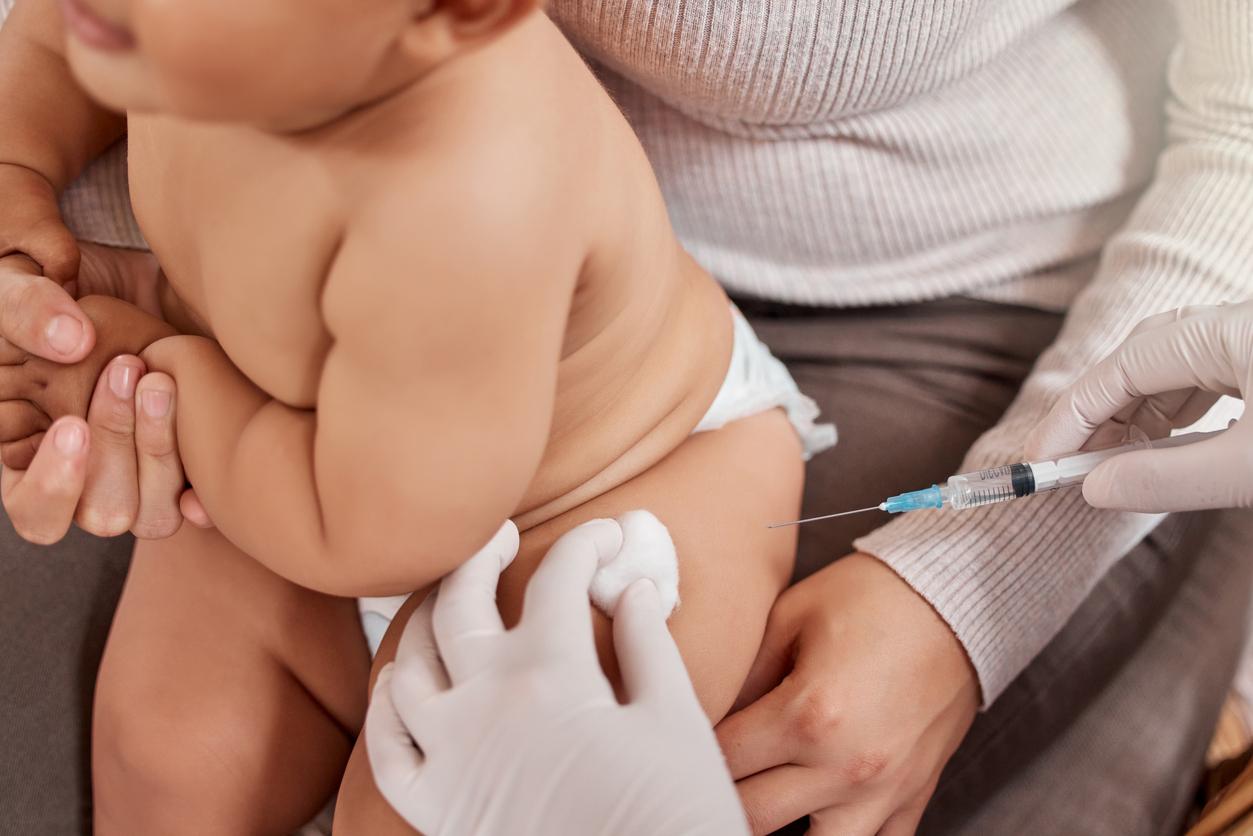Within the next decade, collective immunity against Covid-19 could be achieved. The disease could then become seasonal, with much less severe symptoms.

- According to a model of the evolution of Covid-19, it could become a mild and seasonal disease.
- Within ten years, collective immunity against Covid-19 could be reached.
- It also depends on the variants, a factor that the researchers did not take into account.
Since the start of the Covid-19 epidemic, more than 100,000 people have died from this virus in France. Unknown two years ago, Sars-CoV-2 has disrupted the bodies of some of the patients, causing serious forms of this pathology. However, researchers from the University of Utah, in the United States, believe that Covid-19 could become, within ten years, a simple seasonal disease. To reach this conclusion, they carried out a model, presented in the review Viruseswhich predicts the evolution of herd immunity as humans are exposed to this virus.
Herd immunity will also depend on the influence of the variants
According to the researchers, the more men are exposed to it, the more immunity will increase, which will slow down the circulation of Sars-CoV-2 and limit its serious forms. This phenomenon would be due to the adaptations of the immune response of individuals, in other words to the ability of their body to better fight the virus. “Over the next decade, the severity of Covid-19 may decrease as populations collectively develop immunity,” points out Fred Adler, lead author of this study. Eventually, this disease could only be seasonal and be limited to the symptoms of a cold.
The modeling used by the scientists includes three factors: the severity of the infections, the difference in vulnerability to the virus in the population according to age and the reduction in severe forms due to immunity. The first observation, current, is that an adult who has been slightly exposed to the virus will have a greater chance, if infected, of contracting a less severe form of Covid-19 and therefore of transmitting the virus less. On the other hand, those who have been in contact with a high dose of the virus – such as being in a closed room for a long time with a high viral load in the ambient air – are more at risk of developing a serious form and of contaminating other people. On the other hand, in children, the study shows that there are statistically much fewer serious forms of the disease.
The variants, the unknown
But what must be done to achieve immunity? Like the authorities, the authors advocate the wearing of masks and social distancing. In fact, individuals are in contact with the virus which continues to circulate, which contributes to immunity, but compliance with barrier gestures reduces the viral load and the risk of developing a serious form. Phenomenon reinforced by vaccination extended to all age groups. Thus, over time, contacts with the virus, previous infections or even vaccination, the entire population will be immunized against the severe and deadly forms of Sars-CoV-2 over the next decade according to the modeling by researchers. Only children will be exposed to it for the first time, but they develop fewer serious forms. Finally, this work is also based on ancient knowledge of other coronaviruses, many of which have become seasonal and benign diseases.
Nevertheless, this prospect of achieving collective immunity within ten years also depends on factors that are not taken into account in the modeling of the researchers: the variants. Indeed, they only take into account the classic form of Covid-19 and do not know if the evolution envisaged will be the same for the variants. Thus, in the coming months and years, scientists will compare their forecast calculations with the actual figures for the evolution of Covid-19…And variants.

.








